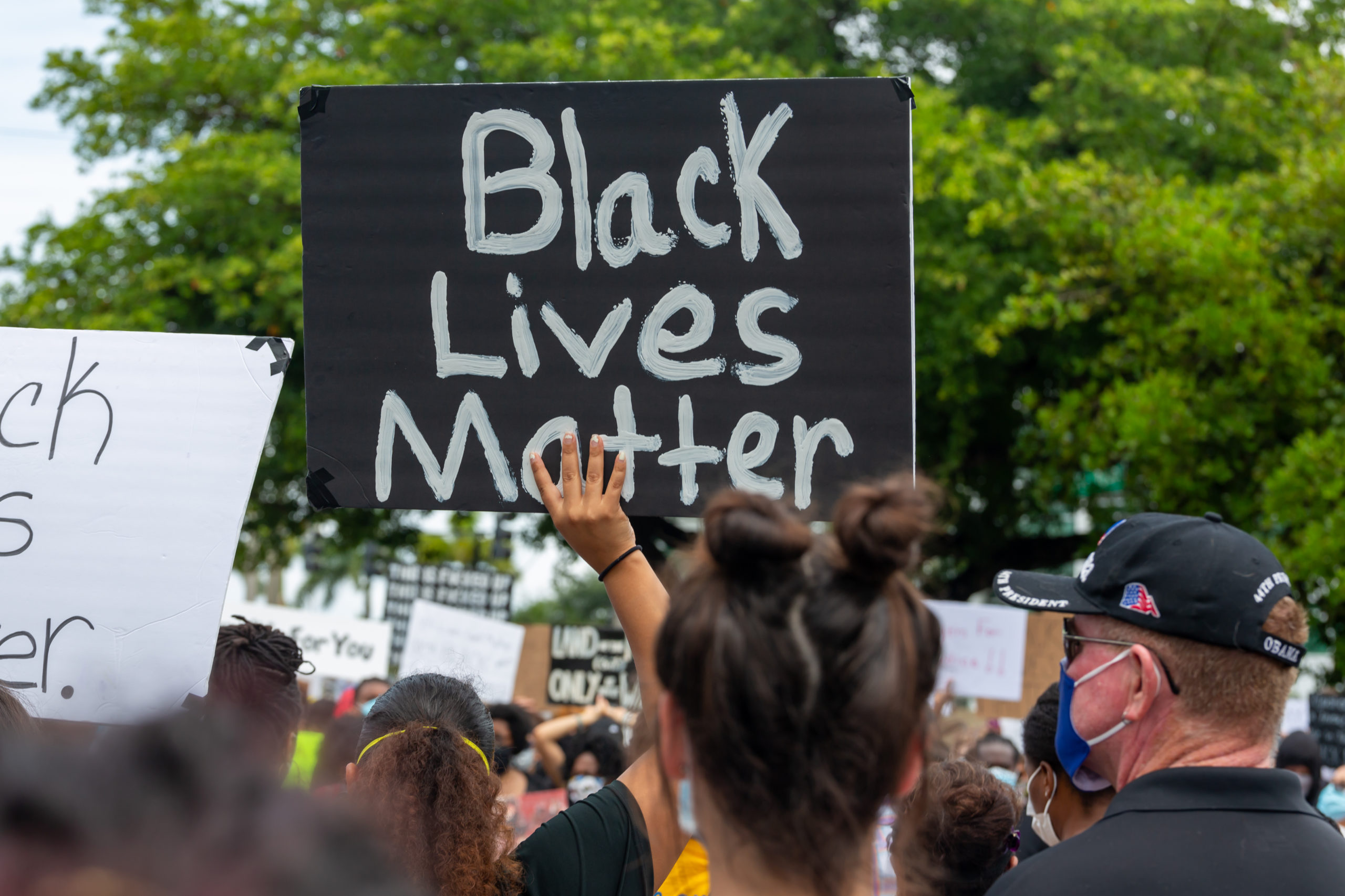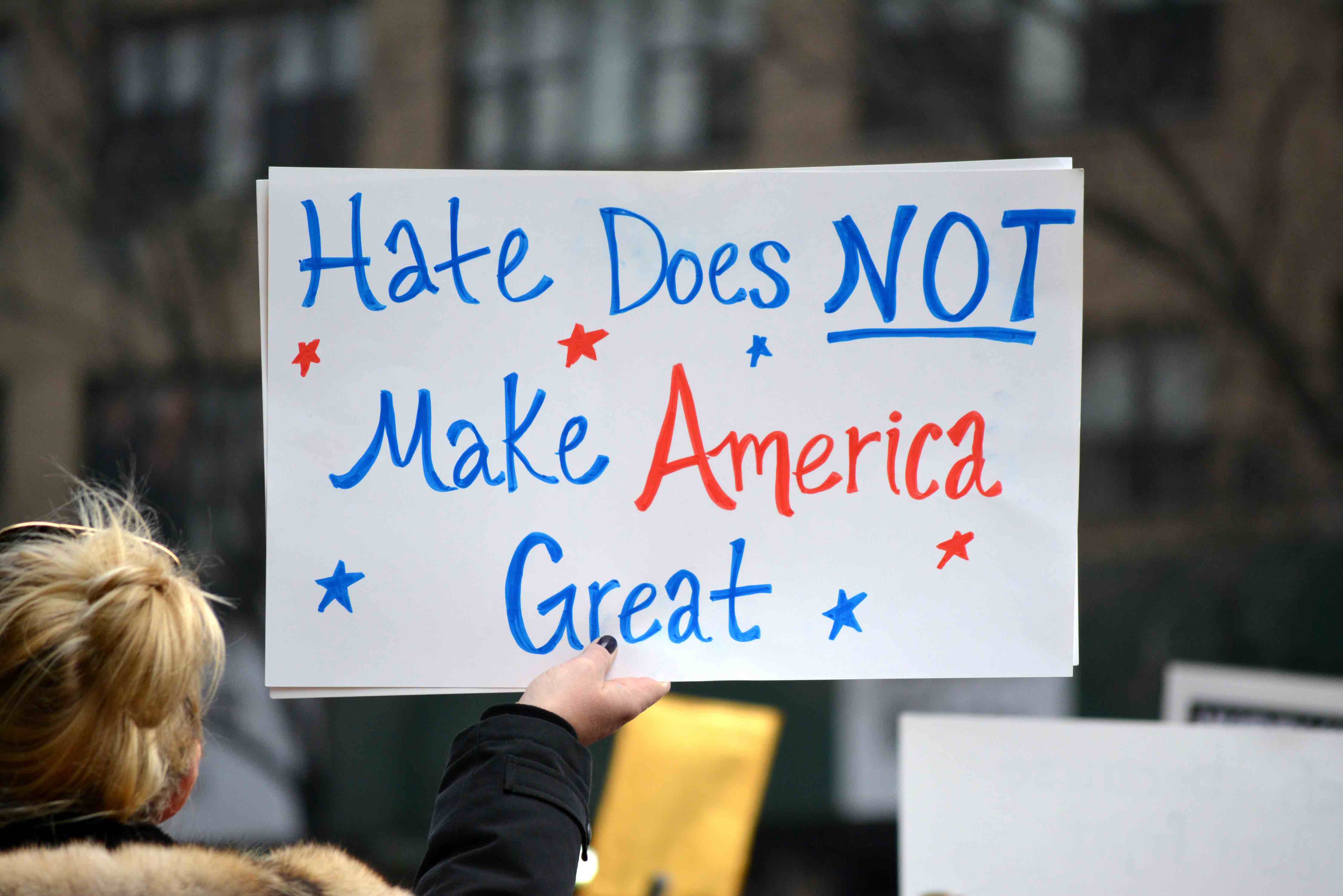Doth Protest: A Deep Dive Into The Movement, Its History, And Its Impact
When it comes to doth protest, we're talking about something that goes way beyond just holding up signs or chanting slogans. It's a powerful movement that has shaped societies, influenced governments, and given voice to the voiceless. The term "doth protest" might sound old-school, but it carries a weight that resonates with modern activism. It’s not just about showing up—it’s about standing up for what you believe in.
You might be wondering, "What exactly is doth protest?" Well, let me break it down for you. It’s all about making your voice heard in the face of injustice. Whether it’s about civil rights, environmental issues, or social equality, the essence of protesting lies in challenging the status quo. It’s about saying, "Hey, this isn’t right, and we need to fix it!"
Throughout history, protests have been pivotal in shaping the world as we know it. From the civil rights marches of the 1960s to the global climate strikes of today, people have come together to demand change. And guess what? It works! So, whether you’re an activist, a curious bystander, or someone who wants to understand the power of collective action, this article’s got you covered.
- Lupe Veacutelez The Fiery Hollywood Starlet Who Lit Up The Silver Screen
- Whole Foods Weymouth Ma Your Ultimate Guide To Healthy Living
What Exactly is Doth Protest?
Alright, let’s dive deeper into the concept of doth protest. Simply put, it’s the act of publicly expressing dissatisfaction with certain policies, actions, or societal norms. But it’s not just about being angry—it’s about channeling that anger into productive change. Protests can take many forms, from peaceful marches to sit-ins, petitions, and even online movements. The key is to make your message clear and impactful.
Here’s a quick rundown of the types of protests you might encounter:
- Peaceful demonstrations: Think of marches where people walk together, holding signs and chanting slogans.
- Sit-ins: When folks occupy a space to draw attention to their cause, like occupying a building or a park.
- Online activism: Using social media platforms to spread awareness and gather support for a cause.
- Civil disobedience: Deliberately breaking laws to highlight injustice, like refusing to pay taxes or blocking roads.
Each of these methods has its own strengths and challenges, but they all share one common goal: to bring about change. And let’s not forget, protests are protected under the First Amendment in the United States, which means you have the right to speak your mind without fear of persecution.
- Unveiling The Mystery Zodiac Sign For February 13
- Was Jim Harbaugh A Quarterback Unpacking The Legacy Of A Legendary Coach
Why Do People Protest?
People protest for a variety of reasons, but at the heart of it all is a desire for justice and equality. Whether it’s about racial discrimination, economic inequality, or environmental degradation, protests are a way to say, "Enough is enough!" Here are some common reasons why people take to the streets:
- Racial injustice: Protests like Black Lives Matter have brought global attention to systemic racism.
- Climate change: Movements like Fridays for Future have highlighted the urgent need for environmental action.
- LGBTQ+ rights: Demonstrations have played a crucial role in advancing equality for the LGBTQ+ community.
- Women’s rights: From suffrage to reproductive rights, protests have been instrumental in securing freedoms for women.
And the list goes on. The bottom line is, when people feel unheard or marginalized, protesting becomes a powerful tool for change.
A Brief History of Doth Protest
Protests aren’t a new phenomenon. They’ve been around for centuries, shaping history in profound ways. Take, for example, the Boston Tea Party in 1773, where colonists protested against British taxation without representation. Or the suffrage movement of the early 20th century, where women fought tirelessly for the right to vote.
Fast forward to the 1960s, and you’ll find the civil rights movement, led by icons like Martin Luther King Jr. and Rosa Parks. Their protests not only changed laws but also shifted societal attitudes. And let’s not forget the anti-apartheid movement in South Africa, which brought an end to institutionalized racial segregation.
Even today, protests continue to make headlines. The Arab Spring, the Hong Kong protests, and the global Black Lives Matter movement are just a few examples of how people are using their voices to demand change. History shows us that protests work—they spark conversations, influence policies, and create a ripple effect that can lead to significant societal shifts.
The Power of Collective Action
One person standing alone might not make much of an impact, but when thousands—or even millions—come together, the results can be extraordinary. Collective action amplifies voices, making it harder for those in power to ignore the demands of the people. Think about it: a single voice might get lost in the crowd, but a chorus of voices creates a symphony that demands to be heard.
Moreover, collective action fosters a sense of community and solidarity. It reminds us that we’re not alone in our struggles and that together, we can achieve great things. Whether it’s through organizing rallies, creating petitions, or sharing stories on social media, collective action is the backbone of successful protests.
Doth Protest in the Digital Age
In today’s world, the internet has revolutionized the way we protest. Social media platforms like Twitter, Facebook, and Instagram have become powerful tools for organizing and amplifying messages. Hashtags like #BlackLivesMatter and #MeToo have gone viral, sparking global conversations and inspiring people to take action.
But with great power comes great responsibility. While digital protests can reach a wider audience, they also face challenges such as misinformation and digital fatigue. That’s why it’s important to ensure that your message is clear, accurate, and actionable. Whether you’re sharing a post or signing a petition, every action counts.
Tools for Digital Activism
Here are some tools and platforms you can use to enhance your digital activism:
- Change.org: Create and sign petitions to support causes you care about.
- Twitter: Use hashtags and threads to spread awareness and engage with others.
- Facebook: Join groups and events to connect with like-minded individuals.
- Instagram: Share visuals and stories to highlight issues and inspire action.
Remember, digital activism isn’t just about posting—it’s about engaging with others, building networks, and creating meaningful change.
Legal Aspects of Doth Protest
Before you hit the streets, it’s important to know your rights. In many countries, protests are protected under the law, but there are still rules and regulations you need to follow. For example, in the United States, the First Amendment protects your right to free speech, but you still need to obtain permits for large gatherings and avoid blocking public spaces unnecessarily.
It’s also crucial to understand the potential risks involved. Protests can sometimes turn violent, and participants may face arrest or other legal consequences. That’s why it’s important to stay informed, stay safe, and know your rights. Organizations like the American Civil Liberties Union (ACLU) offer resources and support for protesters, ensuring that your voice can be heard without fear of retaliation.
Tips for Safe Protesting
Here are some tips to help you protest safely:
- Know the laws: Familiarize yourself with local regulations and your rights as a protester.
- Stay informed: Keep up with news and updates from trusted sources.
- Prepare for the worst: Bring essentials like water, snacks, and a first-aid kit.
- Stay connected: Let someone know where you are and check in regularly.
By taking these precautions, you can ensure that your protest is both effective and safe.
Impact of Doth Protest
Protests have the power to create lasting change. They can influence policies, shape public opinion, and even topple regimes. Take, for example, the fall of the Berlin Wall in 1989, which was largely driven by peaceful protests in East Germany. Or the Arab Spring, which led to significant political changes across the Middle East.
But change doesn’t happen overnight. Protests often require sustained effort and commitment. It’s not just about showing up once—it’s about building momentum and staying engaged. Whether it’s through continued demonstrations, lobbying efforts, or community organizing, the key is to keep the pressure on until change is achieved.
Measuring Success
How do you know if a protest has been successful? Success can be measured in many ways, from policy changes to shifts in public opinion. For example, the Women’s March in 2017 brought millions of people to the streets, sparking conversations about gender equality and inspiring further action. Similarly, the climate strikes led by Greta Thunberg have pushed environmental issues to the forefront of global discussions.
Ultimately, the success of a protest depends on its ability to create meaningful change. And while the journey may be long and difficult, the rewards are worth it.
Challenges Faced by Protesters
Protesting isn’t without its challenges. From government crackdowns to media bias, protesters often face obstacles that make their work harder. But despite these challenges, the movement continues to grow, driven by the determination and resilience of its participants.
One of the biggest challenges is overcoming apathy. In a world where people are bombarded with information, it can be hard to capture their attention and keep them engaged. That’s why it’s important to tell compelling stories, use creative tactics, and make your message relatable to a wide audience.
Overcoming Obstacles
Here are some strategies for overcoming common challenges:
- Build alliances: Collaborate with other organizations and groups to amplify your message.
- Engage the media: Use press releases, interviews, and social media to gain media coverage.
- Stay positive: Focus on solutions rather than just problems to inspire hope and action.
By addressing these challenges head-on, protesters can increase their chances of success.
Conclusion: Why Doth Protest Matters
In conclusion, doth protest is more than just a movement—it’s a powerful force for change. From challenging unjust laws to demanding environmental action, protests have the ability to shape the world we live in. And while the road may be long and difficult, the rewards of standing up for what you believe in are immeasurable.
So, if you’re passionate about a cause, don’t be afraid to speak up. Whether you’re marching in the streets, organizing online, or simply sharing your story, every action counts. And who knows? Your voice might just be the spark that ignites a movement.
So, what are you waiting for? Get out there and make your voice heard!
Table of Contents
- What Exactly is Doth Protest?
- Why Do People Protest?
- A Brief History of Doth Protest
- Doth Protest in the Digital Age
- Legal Aspects of Doth Protest
- Impact of Doth Protest
- Challenges Faced by Protesters
- Tools for Digital Activism
- Tips for Safe Protesting
- Conclusion: Why Doth Protest Matters
- Dfw Airport Restaurants Terminal B Your Ultimate Dining Guide
- Mays Birth Flower A Blooming Guide To Celebrate Spring

Doth Protest (Not) Too Much

The Reaper Doth Protest Too Much Texas Monthly

The lady doth protest too much? Roar News